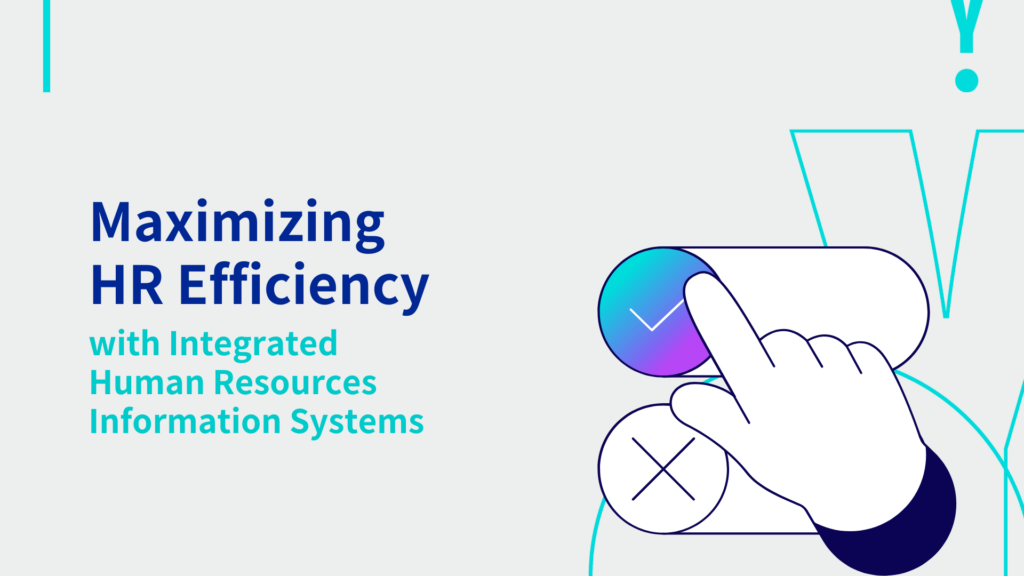
In today’s fast-paced business world, human resource management plays a critical role in success. However, many business owners struggle with the administrative burdens that come with managing HR tasks.
Outdated systems, manual processes, and data silos can bog down operations, causing unnecessary headaches. If you’re dealing with these challenges, it might be time to consider integrating an information system into your HR processes.
Therefore, by streamlining workflows, centralizing data, and automating repetitive tasks, Human resources information systems can help here. Such an HR information system can transform your HR department into a well-oiled machine, allowing your team to focus on growth, rather than paperwork. Ready to learn more?
Let’s dive into how integrated systems can make your HR department more efficient.
Why Traditional HR Systems Fall Short?
Managing human resources with traditional systems involves a lot of manual effort. Whether it’s dealing with payroll, leave requests, or employee performance reviews, old methods can slow down operations.
Paper forms, Excel sheets, and emails can quickly become overwhelming. These outdated processes often lead to disorganization, errors, and wasted time. As businesses grow, they need solutions that can handle increasing amounts of data without additional administrative headaches.
Not only do manual systems lack scalability, but they also hinder collaboration between HR and other departments. Information gets trapped in silos, making it difficult for different teams to access critical data when they need it.
By moving to an integrated system, you can overcome these obstacles and significantly boost productivity. Let’s explore some of the biggest pain points that businesses face with traditional HR setups.
The Hidden Costs of Inefficiency
The real cost of using outdated HR methods isn’t just in lost time—it’s also in lost money. Manual tasks often result in human error, which can lead to payroll mistakes, incorrect employee records, and compliance issues. Here, businesses are required to consider the best Human resources information systems.
Moreover, fixing these mistakes takes time and resources, adding to operational costs.
HR inefficiencies can also affect employee morale. Slow response times to payroll inquiries or delayed benefits processing can frustrate employees, reducing overall job satisfaction. Therefore, employees are less engaged, leading to lower productivity and higher turnover rates.
So, if you integrate an information system, you automate tasks like payroll and benefits management. It significantly reduces the likelihood of errors and improves accuracy.
Hence, this shift minimizes risk, saves money, and helps foster a more engaged workforce.
How Integrated Human Resources Information Systems Can Transform Your Business?
Integrating an information system with your HR processes isn’t just a luxury—it’s a necessity for businesses aiming for long-term growth. Let’s examine its operation and the reasons it’s such a revolutionary.
Centralized Data for Easy Access
When all employee information is housed in one system, you eliminate the silos. HR, payroll, and department heads can access the same data, enabling smoother collaboration and faster decision-making.
For example, when hiring new employees, department heads can easily access onboarding information without needing to go through HR for every little detail. Additionally, the time saved can be reinvested into more strategic work.
Improved Compliance & Risk Management
HR laws and regulations can change frequently. Failing to keep up with them can lead to fines or legal issues. Integrated HR systems ensure compliance by automatically updating with new regulations.
Additionally, an integrated system can track training and certifications, ensuring employees stay compliant with industry requirements. With everything in one place, audits and reporting become far less stressful.
Automation of Repetitive Tasks
By automating routine HR tasks like payroll, benefits enrolment, and vacation requests, you free up valuable time. Automation reduces manual work, decreases errors, and allows your HR team to focus on employee engagement, training, and development.
Imagine how much more productive your team could be if they didn’t have to spend hours on paperwork every week. Hence, try to integrate Human resources information systems.
Enhanced Employee Self-Service
Today’s employees expect fast access to information, especially when it comes to their benefits, time off, and pay. Integrated systems often come with employee self-service portals, allowing staff to manage their data without constantly relying on HR.
This not only lightens the administrative load but also empowers employees, leading to higher satisfaction and engagement.
Data-Driven Decision Making
With an integrated HR system, data becomes more accessible, accurate, and easy to analyze. You can track metrics like turnover rates, absenteeism, and training effectiveness, providing actionable insights.
Data analytics can highlight trends that allow you to make informed decisions, such as identifying areas where employee retention can be improved or predicting future workforce needs.
Overcoming Resistance to Change
One of the biggest challenges business owners face when introducing an integrated HR system is overcoming resistance to change. Employees and managers may be hesitant to adopt new technology, especially if they’ve grown comfortable with existing processes.
To smooth the transition, it’s essential to communicate the benefits. Emphasize how the new system will save time, reduce errors, and make everyone’s job easier. Therefore, offering thorough training can also help ensure everyone is comfortable using the new software.
Be patient during the transition phase. It might take time to adjust, but the long-term benefits far outweigh the initial learning curve.
Choosing The Right HR Information System
There are many HR information systems on the market, so choosing the right one for your business is crucial. Here’s what to consider:
- Scalability: Make sure the system can grow with your business. As your workforce expands, you’ll need a solution that can accommodate more employees without sacrificing performance.
- User-Friendliness: The easier the system is to use, the quicker your team will adopt it. Look for systems with intuitive interfaces and comprehensive support.
- Integration Capabilities: Your HR system should seamlessly integrate with other tools your business uses, such as payroll software, time-tracking systems, and communication platforms.
- Customization: Every business is unique. The right HR system will allow you to customize workflows, forms, and reports to fit your specific needs.
So, if you want to integrate the best information system in your HR department, contact YOOV.
Final Thoughts
Integrating human resources information systems is no longer optional in today’s fast-paced business environment. The efficiency, cost savings, and employee satisfaction it offers can transform your business from the inside out.
As you scale your business, an integrated system will help you stay organized, compliant, and ahead of the competition. Don’t let manual processes hold you back—invest in a solution that simplifies your HR management and supports your long-term growth.
By making this switch, your HR team can focus on what matters: building a positive workplace culture and driving your business forward. Let technology do the heavy lifting, so you can concentrate on success.
Connect with YOOV

Tel:+852 2988 8883
WhatsApp:Click Here
Email:cs@yoov.com
Website:https://www.yoov.com/